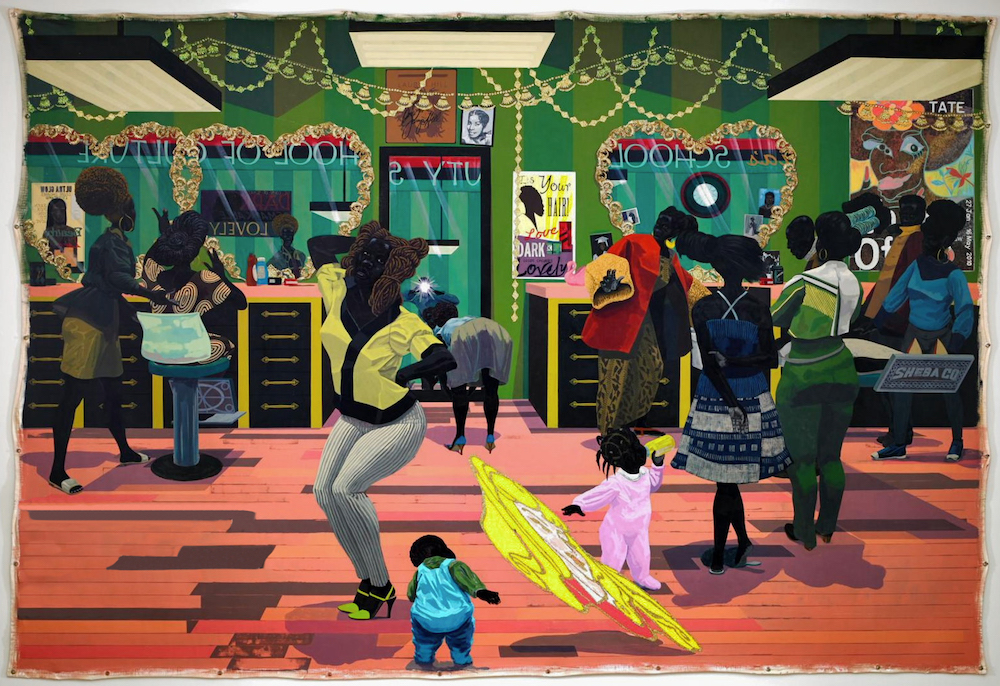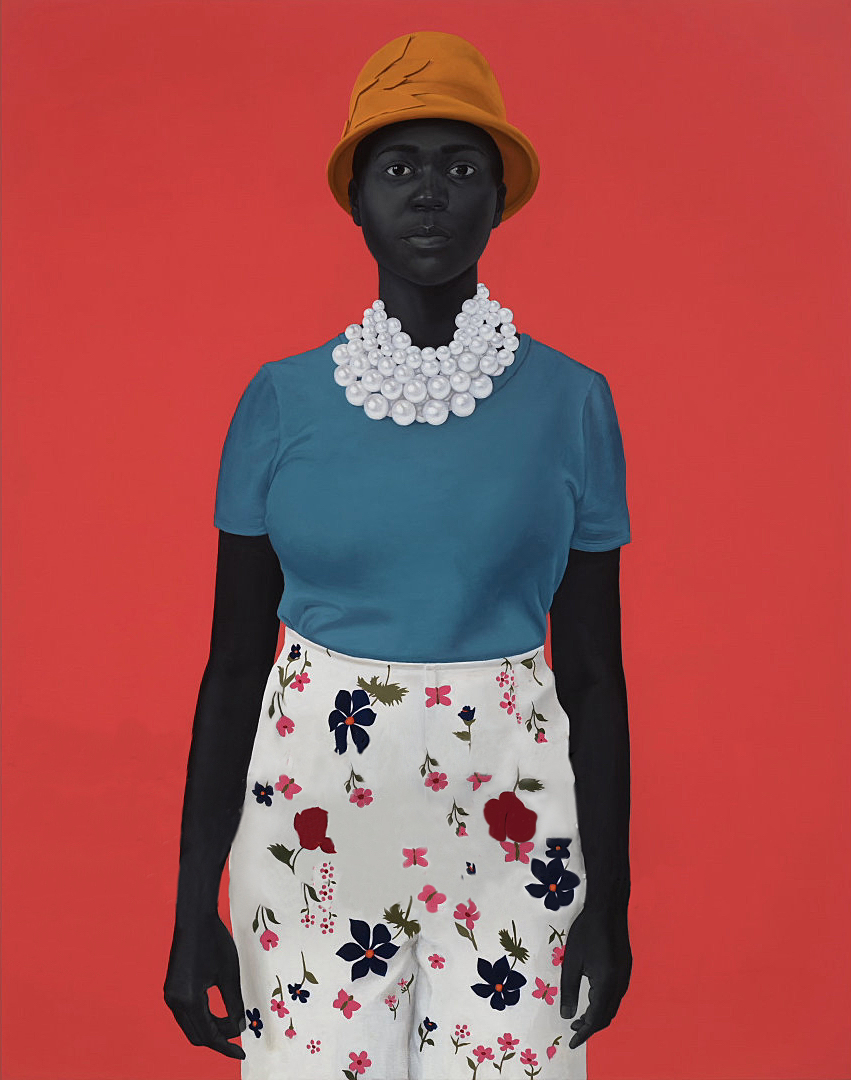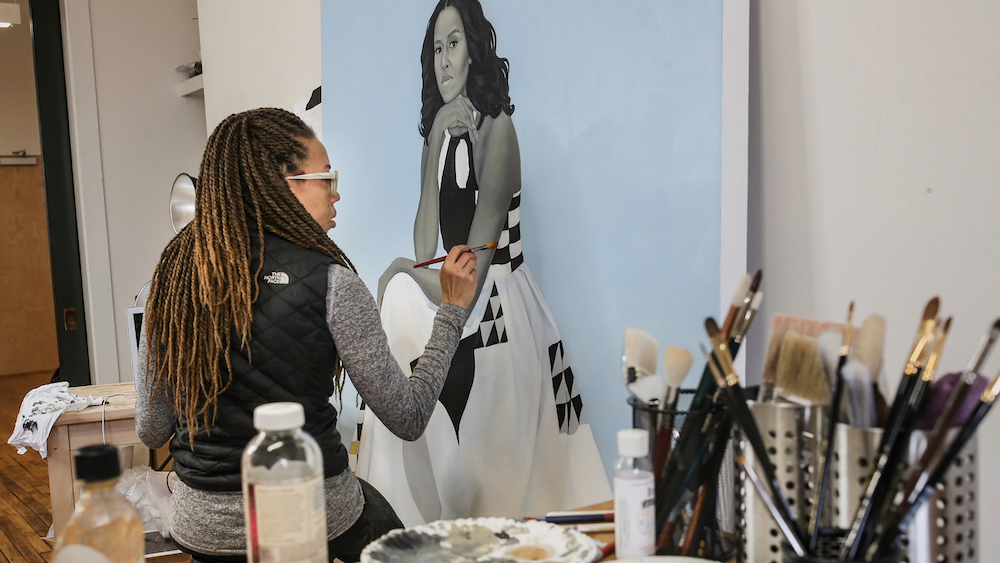Black Art: In the Absence of Light, is a most timely and info-packed HBO documentary, briskly propelled by terrific interviews with artists, curators and educators. It opens by introducing us to a landmark exhibition, “Two Centuries of Black American Art,” that opened at the Los Angeles County Museum of Art in 1976 and toured the country. The curator was David Driskell, then a professor at Fisk University, and an artist in his own right.
The doc opens with vintage TV footage of Driskell interviewed about the exhibition by Tom Brokaw on the Today show, then quickly moves to the larger topic: contemporary Black artists in America. The exhibition focused on the period from 1750 to 1950, and in the doc we hear from those who have emerged since then, such as Radcliffe Bailey, Kerry James Marshall, Faith Ringgold and Kara Walker—and also Kehinde Wiley and Amy Sherald, the two artists who painted the official portraits of President Barack Obama and First Lady Michelle Obama, respectively. These are artists who have made it into museum shows and gallery representation, and on their own terms.

Kerry James Marshall, School of Beauty, School of Culture, 2012, courtesy HBO
One common thread is the legacy of Black artists and how new generations have been inspired by those who came before. Take Marshall, who studied at the Otis Art Institute (now Otis College of Art & Design) and took classes with Betye Saar and Charles White. Marshall realized that he not only wanted to be an artist, but one who addresses Black life—the subject of his large tableaux are events and moments of Black life, as we saw at his “Mastry” show at MOCA LA in 2017. Ralph Ellison and his novel Invisible Man have also been an important inspiration, he says, “This condition of being seen and not seen simultaneously.”
Now and then, the film returns to the “Two Centuries” exhibition history, including mention of a Hilton Kramer review in The New York Times that questioned the quality of art in the show. Driskell says in that long-ago interview that this was to be expected from a mainstream writer, “These persons are not familiar with what we might refer to as the Black experience.” Driskell is also interviewed more recently, and provides more astute observations.

Amy Sherald, She Had An Inside And An Outside Now And Suddenly She Knew How Not To Mix Them, 2018, courtesy HBO
I have two bones of contention with this doc, and one is the title. Why is “the absence of light” especially relevant? It is mentioned at the end by one artist, but hardly the leitmotif carried throughout. The other is why it needs to open with Tom Brokaw—literally, his is the first face we see—as if the audience needed the credential of whiteness to validate the subject matter.
The good news is that this is a good moment for Black artists. They are getting long overdue recognition and even being actively courted by commercial galleries. Sherald sees the current enthusiasm as a kind of “gold rush,” but adds, “I say it’s because we’re making some of the best work, the most relevant work.”
BLACK ART: IN THE ABSENCE OF LIGHT
Directed and produced by Sam Pollard
Currently airing on HBO


